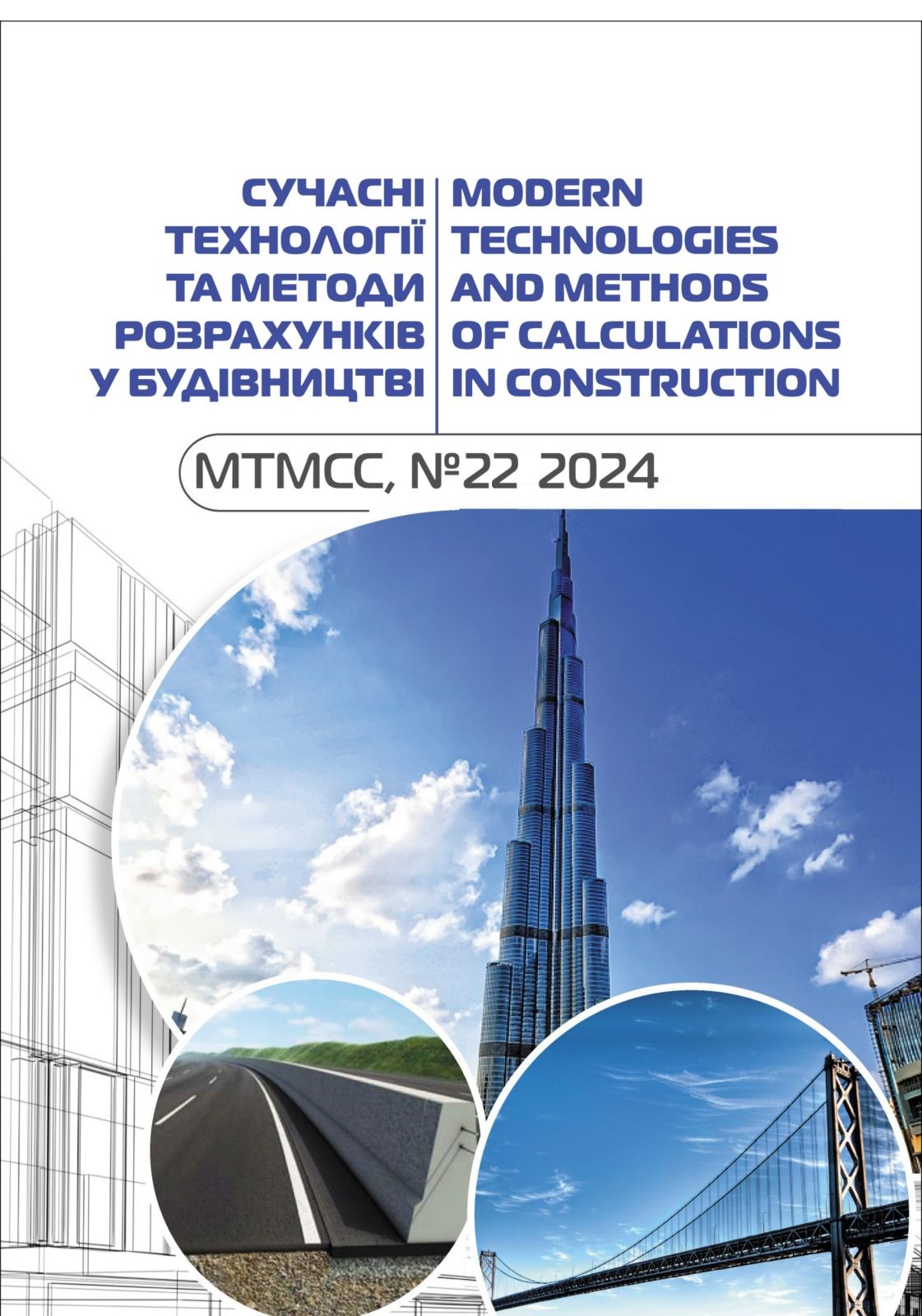Ensuring the functioning of engineering, transport networks thanks to the strengthening of damaged reinforced concrete columns of their structures
Abstract
The reliability of the functioning of engineering and transportation networks largely depends on the technical condition of their structural facilities. For example, in many design solutions for pumping stations in water supply, sewage, and heating networks, significant attention is paid to the compact use of the internal space of technological rooms. This is due to the need to accommodate large-sized technological equipment in these rooms, as well as to install a complex pipeline system in accordance with the operational scheme of the pumping station. Therefore, the use of columns in such spaces aligns well with the requirements for the reliable operation of engineering networks because it: ensures the technological requirements for the operation of the pumping station; facilitates the relocation, repair, and replacement of large-scale technological equipment and the installation of complex pipeline systems during modernization, reconstruction, or restoration after damage, while considering changes to the system's operational scheme. In this regard, the mechanical properties of concrete made with ordinary Portland cement, microsilica, and the SP-1 superplasticizer have been studied for its potential use as a high-strength material in reinforcing the load-bearing concrete structures, specifically the columns of engineering structures within engineering and transportation networks. These include pumping stations in water supply, sewage, and heating networks; district heating plants; bridges; and pedestrian overpasses. The concrete mix was developed to construct reinforced concrete jackets for strengthening damaged column structures. This technology has significant advantages for constructing column structures in terms of their resilience during shelling, particularly in terms of execution speed, strength, reliability, and protection from various external impacts during such events. When performing research, first, mixing water, SP-1 additive, Portland cement and microsilica (from 0 to 10 %) were sequentially introduced, later they were combined with a dosed amount of quartz sand and granite crushed stone in an ordinary concrete mixer. The compressive strength of concrete was determined according to DSTU B V.2.7-214:2009. Experimental data showed that by varying the selected factors, it is possible to increase the strength of concrete in the initial period when it is doubled in compression.








